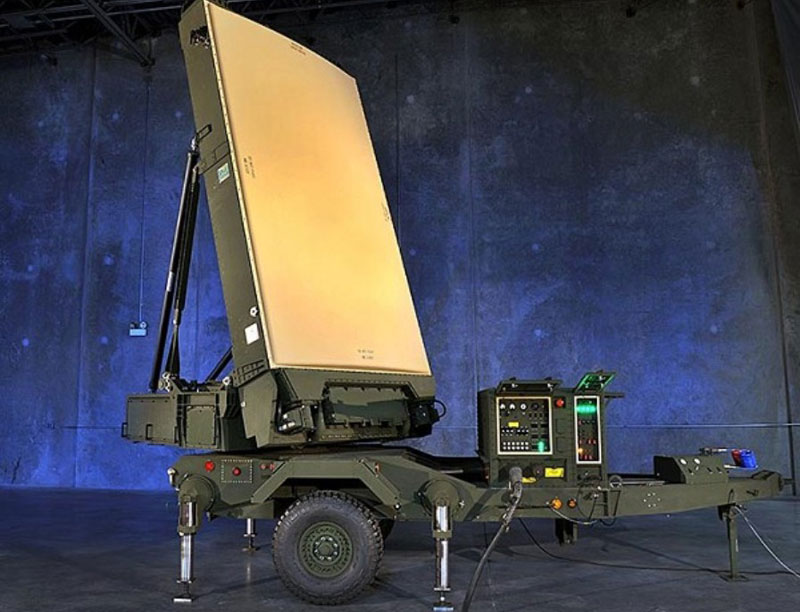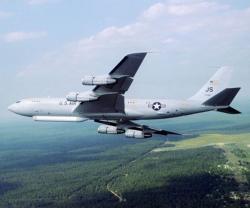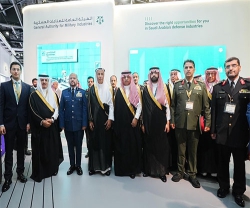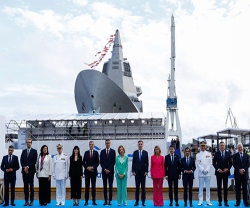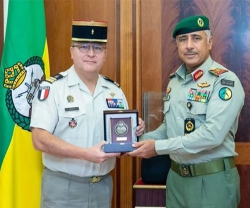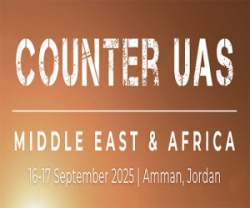NGC’s AN/TPS-80 G/ATOR Radar Demos BMD Capability
28.03.2013 North America
Northrop Grumman Corporation's (NGC) AN/TPS-80 Ground/Air Task Oriented Radar (G/ATOR) successfully detected multiple rocket launches during company-funded testing.
Currently under development for the U.S. Marine Corps, G/ATOR is the first ground-based, multirole radar to be developed for the U.S. Department of Defense.
With its ability to intelligently and adaptively allocate its myriad sensor capabilities, G/ATOR is able to detect and track a wide variety of threats, including manned aircraft, cruise missiles and unmanned autonomous systems, as well as mortar, rocket and artillery rounds.
The G/ATOR system successfully detected multiple rockets launched by NASA from its Wallops Island, Virginia, test site, including three different rocket types. Data collected from the testing will be used to verify potential future theater ballistic missile algorithms and ballistic missile defense capabilities.
“Today's missile detection testing is yet another example of the expanded capability that is possible with an Active Electronically Scanned Array (AESA) multimission radar,” said Steve McCoy, Vice President of Tactical Sensor Solutions at Northrop Grumman.
“This demonstration required only minimal software modifications to the G/ATOR system, and no hardware changes at all,” he added.
McCoy said other radar systems could also benefit from this capability. Potential applications for the technology include the U.S. Air Force's Three Dimensional Expeditionary Long Range Radar, the U.S. Army's Patriot Fire Control Radar, the replacement for the Marine Corps' aging TPS-59 radar, and the U.S. Navy's Air and Missile Defense Radar.
Currently under development for the U.S. Marine Corps, G/ATOR is the first ground-based, multirole radar to be developed for the U.S. Department of Defense.
With its ability to intelligently and adaptively allocate its myriad sensor capabilities, G/ATOR is able to detect and track a wide variety of threats, including manned aircraft, cruise missiles and unmanned autonomous systems, as well as mortar, rocket and artillery rounds.
The G/ATOR system successfully detected multiple rockets launched by NASA from its Wallops Island, Virginia, test site, including three different rocket types. Data collected from the testing will be used to verify potential future theater ballistic missile algorithms and ballistic missile defense capabilities.
“Today's missile detection testing is yet another example of the expanded capability that is possible with an Active Electronically Scanned Array (AESA) multimission radar,” said Steve McCoy, Vice President of Tactical Sensor Solutions at Northrop Grumman.
“This demonstration required only minimal software modifications to the G/ATOR system, and no hardware changes at all,” he added.
McCoy said other radar systems could also benefit from this capability. Potential applications for the technology include the U.S. Air Force's Three Dimensional Expeditionary Long Range Radar, the U.S. Army's Patriot Fire Control Radar, the replacement for the Marine Corps' aging TPS-59 radar, and the U.S. Navy's Air and Missile Defense Radar.
Latest news
Latest events
Counter UAS Middle East & Africa 2025
16 - 17 Sep 2025Amman - JordanIntersec Saudi Arabia
29 Sep - 01 Oct 2025Riyadh International Exhibition & Convention Centre - Saudi ArabiaDubai International Air Chiefs’ Conference (DIACC 2025)
16 Nov 2025Atlantis, The Palm Dubai - United Arab EmiratesDubai Airshow
17 - 21 Nov 2025Dubai World Central (DWC) - United Arab Emirates

